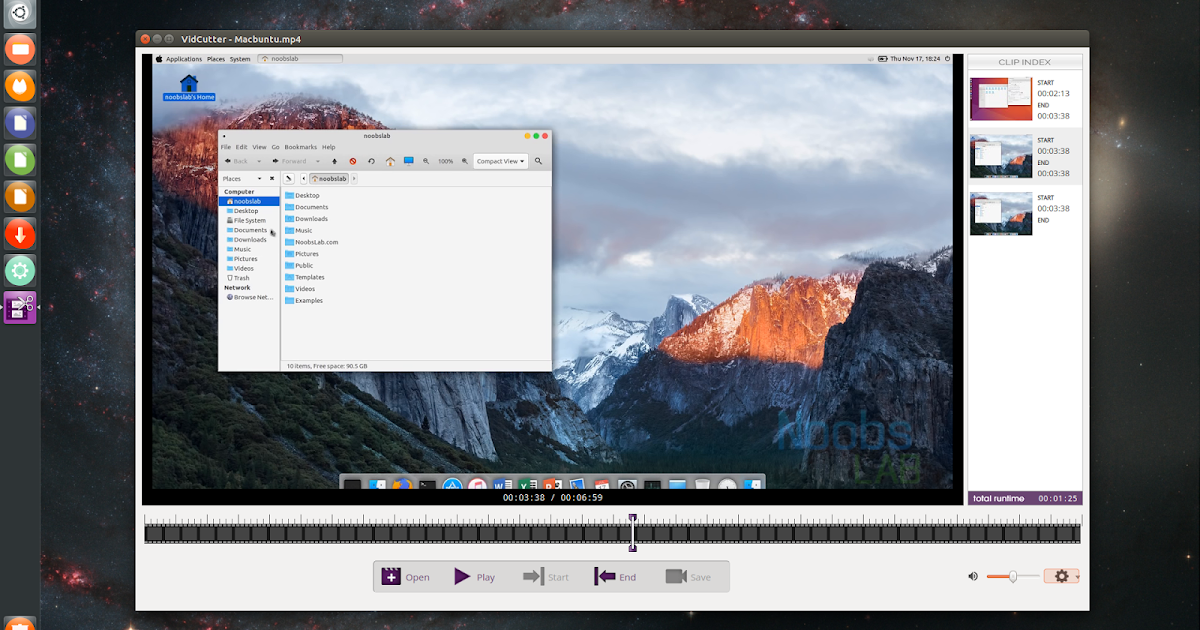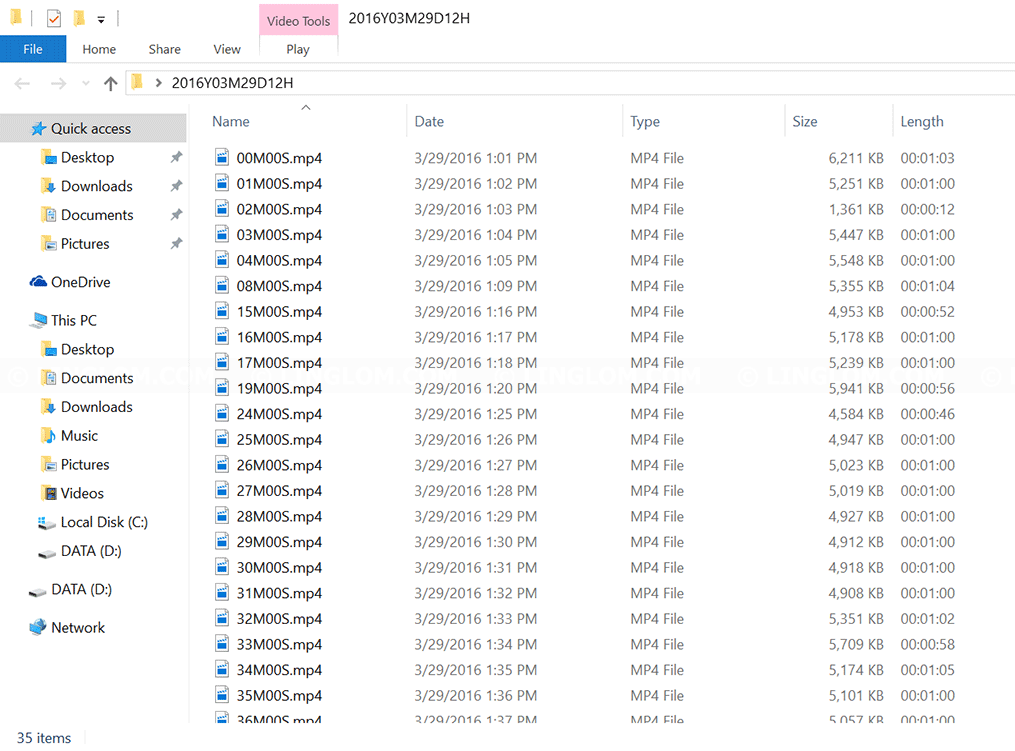

And then we stitch them all back together again. First we create three shorter mp4 files containing just the portions we want to keep.

In this example, the file we want to edit is called input.mp4. For convenience you’ll probably want to make sure ffmpeg.exe is on your PATH. I used the static 32 bit Windows version from here.

It took me a few goes to find out how this can be done, but eventually I got something working.įirst of all, make sure you have downloaded a build of FFmpeg. I recently needed to cut a few sections out of a pre-existing MP4 file to make it a bit shorter. You can use it to perform all kinds of amazing manipulations on video (and audio) files, if only you can work out the correct command line arguments. Could be why its taking a while.FFmpeg is a remarkably versatile tool. 70 Minutes x 60 seconds = 4200 seconds x 25 fps = 105000 frames. shortest will limit the output file to the length of the input audio file.Īfter thought. If this causes problem for some odd reason, you can take it out. loop 1 will loop your input image, -r 1 will give the video a fps of 1, for a smaller file size. Or type the following, replacing the word Herringbone with the name of your image įor %a in (*.mp3) do "ffmpeg" -loop 1 -r 1 -shortest -i "Herringbone.jpg" -vcodec flv -i %a -acodec copy %a".flv" In the example below, replace the word Herringbone with the name of your image įor %a in (*.mp3) do "ffmpeg" -loop 1 -r 1 -shortest -i "Herringbone.jpg" -vcodec mpeg4 -i %a -acodec copy %a".mp4"

Type the following, replacing the word Herringbone with the name of your image įor %a in (*.mp3) do "ffmpeg" -loop 1 -r 1 -shortest -i "Herringbone.jpg" -i "%a" -acodec copy "%~na.avi" There was a problem with recent FFMpegs failing but I know the works up thru sometime in June 2012.įfmpeg -loop 1 -r 1 -shortest -qscale 1 -i "pix2.jpg" -i "1.mp4" -acodec copy -vcodec mpeg4 "output.mp4" Posted from previous request for a 1 image + 1 audio = 1 Video w/audio was listed as below.


 0 kommentar(er)
0 kommentar(er)
